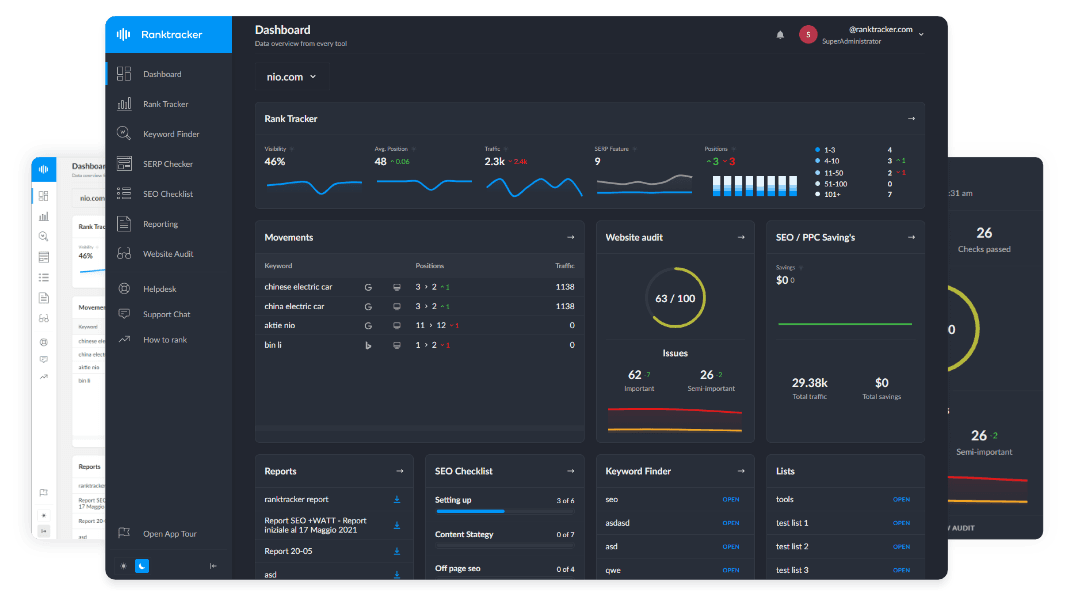Intro
If you ever wondered how some industries manage to keep track of thousands of assets, samples, or inventory items without missing a beat, the secret often lies in RFID labels. These small but powerful tools have transformed the way businesses handle identification and data management, turning what used to be time-consuming manual processes into swift, automated actions. With a simple scan, RFID labels reveal a wealth of information, allowing for faster decision-making, improved accuracy, and a smoother flow of operations.
But here’s the catch: it’s not just about slapping a label on and calling it a day. In the real world, labels face a variety of challenges. Think about labels stuck on equipment that’s exposed to moisture, chemicals, or extreme temperatures, or those that must cling to uneven or flexible surfaces. That’s why smart labeling solutions today are designed not only to communicate data effortlessly but to endure tough environments without losing their integrity or readability.
RFID Labels: The Backbone of Modern Tracking
RFID, or Radio Frequency Identification, works by embedding a tiny chip and antenna into the label, which can then be read remotely by specialized scanners. This technology eliminates the need for line-of-sight scanning, unlike traditional barcodes. Imagine warehouses where forklifts zip by, scanning entire pallets without slowing down. Or medical facilities where samples move through different departments, and staff can instantly identify contents with a handheld reader.
This speed and accuracy can save countless hours and reduce errors, especially in fast-paced environments. What’s more, RFID labels can store detailed data, such as batch numbers, expiration dates, or maintenance histories, providing a richer profile than most traditional labels ever could.
Built to Withstand Harsh Conditions
Durability is key when labels are put to the test in demanding settings. Whether on outdoor machinery facing rain and heat, or inside cold storage units, labels need to hold up without peeling, fading, or malfunctioning. Specialized RFID labels designed for harsh environments often feature rugged materials and waterproof coatings that protect the embedded chip and print.
This resilience guarantees that vital information remains legible and accessible throughout the label’s lifespan. No one wants to lose track of critical assets because a label wore out or got damaged. In industries like manufacturing, logistics, and healthcare, reliable labels mean the difference between smooth operations and costly setbacks.
Flexible Insert Labels: Adapting to Any Surface
Not all surfaces are flat or straightforward to label. Pipes, curved containers, or oddly shaped tools can present challenges for standard adhesive labels. This is where labels with flexible inserts come in. These labels are engineered to bend, stretch, or conform without compromising their function.
The flexibility ensures the label sticks securely and maintains readability, even on surfaces that move or vibrate. For companies juggling a variety of asset types and shapes, these adaptable labels simplify inventory control and asset management.
Medical Facilities: Where Precision Meets Compliance
Medical environments demand a high level of precision, hygiene, and regulatory compliance. From tracking specimens to identifying equipment, labels must not only be clear and reliable but also safe to use in sterile conditions. Medical-grade RFID labels meet these criteria with materials designed to resist cleaning agents and disinfectants while remaining readable.
In hospitals, labs, and clinics, these smart labels play a vital role in patient safety and operational efficiency. For instance, they help avoid mix-ups in specimen handling, track the usage history of medical devices, and streamline inventory replenishment. This attention to detail reduces human error and supports a culture of accountability.
Smart Labels: A Step Ahead with Scannable Convenience
Beyond durability and flexibility, the true advantage of smart labels lies in how effortlessly they can be scanned and integrated into digital systems. Whether using handheld readers, fixed scanners, or mobile devices, data capture happens quickly and with minimal training.
The All-in-One Platform for Effective SEO
Behind every successful business is a strong SEO campaign. But with countless optimization tools and techniques out there to choose from, it can be hard to know where to start. Well, fear no more, cause I've got just the thing to help. Presenting the Ranktracker all-in-one platform for effective SEO
We have finally opened registration to Ranktracker absolutely free!
Create a free accountOr Sign in using your credentials
This seamless integration allows businesses to maintain up-to-date databases, automate workflows, and generate insights that drive informed decisions. The result is not just improved efficiency but also a more transparent and responsive operation.
Choosing the Right Label for Your Needs
With so many options on the market, selecting the perfect RFID label can feel overwhelming. Factors such as the environment, surface type, data requirements, and budget all play a part. Working with a knowledgeable provider who understands these variables can make all the difference.
Customized solutions that consider both the physical demands and the informational needs of your operation ensure you get labels that last and perform. After all, the goal is to simplify processes, not add another layer of complexity.
Final Thoughts: Investing in Smarter Labeling for the Future
In an era where data drives nearly every aspect of business, having labeling systems that keep pace is essential. RFID labels and their smart, durable counterparts are more than just tags, they are vital links in the chain of modern asset and data management. Their ability to withstand harsh environments, adapt to tricky surfaces, and deliver instant, accurate information makes them indispensable.
As industries continue to evolve, embracing these smart labeling technologies will be a key factor in staying competitive, compliant, and efficient. For anyone managing assets, inventory, or samples, investing in the right labels isn’t just practical, it’s a smart strategy that pays dividends in reliability and peace of mind.
Moreover, the flexibility offered by these labels is reshaping how businesses think about asset management. No longer limited by the physical constraints of their environment, companies can track items in previously challenging locations. Whether it’s a curved pipe on a factory floor or a medical instrument in a sterilized tray, the right label can adapt and maintain its function. This adaptability also opens doors for innovation, encouraging companies to rethink workflows and adopt more agile management practices.
To truly harness the benefits of RFID and smart labeling, ongoing support and training are equally important. Labels are part of a bigger system that includes scanners, software, and databases. Investing in comprehensive solutions ensures smooth integration and maximizes return on investment. In the end, it’s about creating a seamless flow of information that empowers teams, reduces errors, and drives success in any industry.

